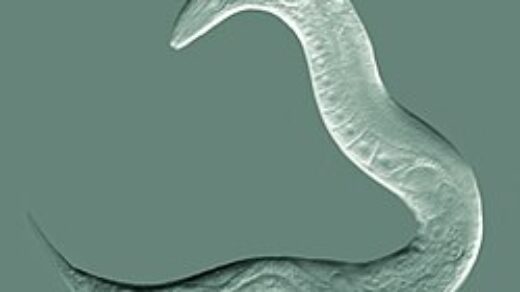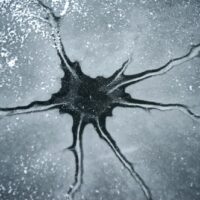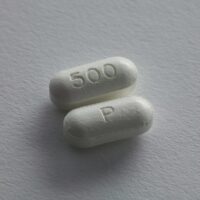Hemorrhagic stroke
Hemorrhagic Stroke Is the third most common cause of CVA. Hemorrhagic stroke can occur within the brain tissue or in the subarachnoid or subdural spaces. The primary cause of intraparenchymal hemorrhagic stroke is hypertension. Necrosis may be present with vessel rupture. Prevention or control of hypertension reduces the incidence of hemorrhagic stroke. Subarachnoid hemorrhage is associated with ruptured aneurysms, arteriovenous malformations, or brain trauma.
A mass of blood is formed as bleeding occurs into the brain tissue. Adjacent brain tissue is deformed, compressed, and displaced, producing ischemia, edema, IICP, and necrosis. Hemorrhages are described as massive, small, slit, or petechial. The most common sites for hypertensive hemorrhages are in the putamen of the basal ganglia, the thalamus, the cortex and subcortex, the pons, the caudate nucleus, and the cerebellar hemispheres. In massive intracerebral hemorrhage, cerebral perfusion falls to zero, and cerebral blood flow stops, resulting in death. Maximal cerebral edema develops in approximately 72 hours and takes about 2 weeks to subside. The cerebral hemorrhage resolves through reabsorption; macrophages and astrocytes clear blood from the area.



Clinical manifestations of hemorrhagic stroke depend on the location and size of the bleed.
The immediate prognosis is grave, and the individual rarely survives.
Individuals experiencing intracranial hemorrhage from a ruptured or leaking aneurysm have one of three sets of symptoms. If bleeding spreads into the brain tissue, hemiparesis, dysphasia, or homonymous hemianopsia may be present.
Diagnosis of hemorrhagic stroke considers the health history, clinical presentation, laboratory tests, and neuroimaging procedures.
Treatment needs to be initiated within 3 to 4 hours of symptom onset for reversibility of brain ischemia.
Treatment of a hemorrhagic stroke is focused on stopping or reducing the bleeding, controlling cerebral edema and IICP, preventing a rebleed, preventing vasospasm, and promoting tissue restoration and preventing or controlling seizures. Known coagulopathies should be corrected and oral anticoagulation reversed.
Intracranial hemorrhage and hemorrhagic transformation involvement is associated with late seizures. Osmotic therapies are used for the treatment of IICP and cerebral edema in hemorrhagic stroke.
Medical therapies to control clot expansion have not shown significant effects on improving mortality.
Surgical treatments are options for ruptured aneurysms, vascular malformations, and subarachnoid hemorrhage.
Supportive care is provided for airway management, respiratory function, blood pressure control, and maintenance of fluids, glucose, electrolytes, and nutrition.
ADVERTISEMENTS
ADVERTISEMENTS
Here are some credible sources that can provide more information about hemorrhagic stroke:
American Heart Association – Hemorrhagic Stroke:
– Offers detailed information about the types of hemorrhagic stroke, risk factors, and prevention.
National Institute of Neurological Disorders and Stroke (NINDS) – Hemorrhagic Stroke:
– Contains fact sheets and research on hemorrhagic stroke, including symptoms, causes, and treatment.

















